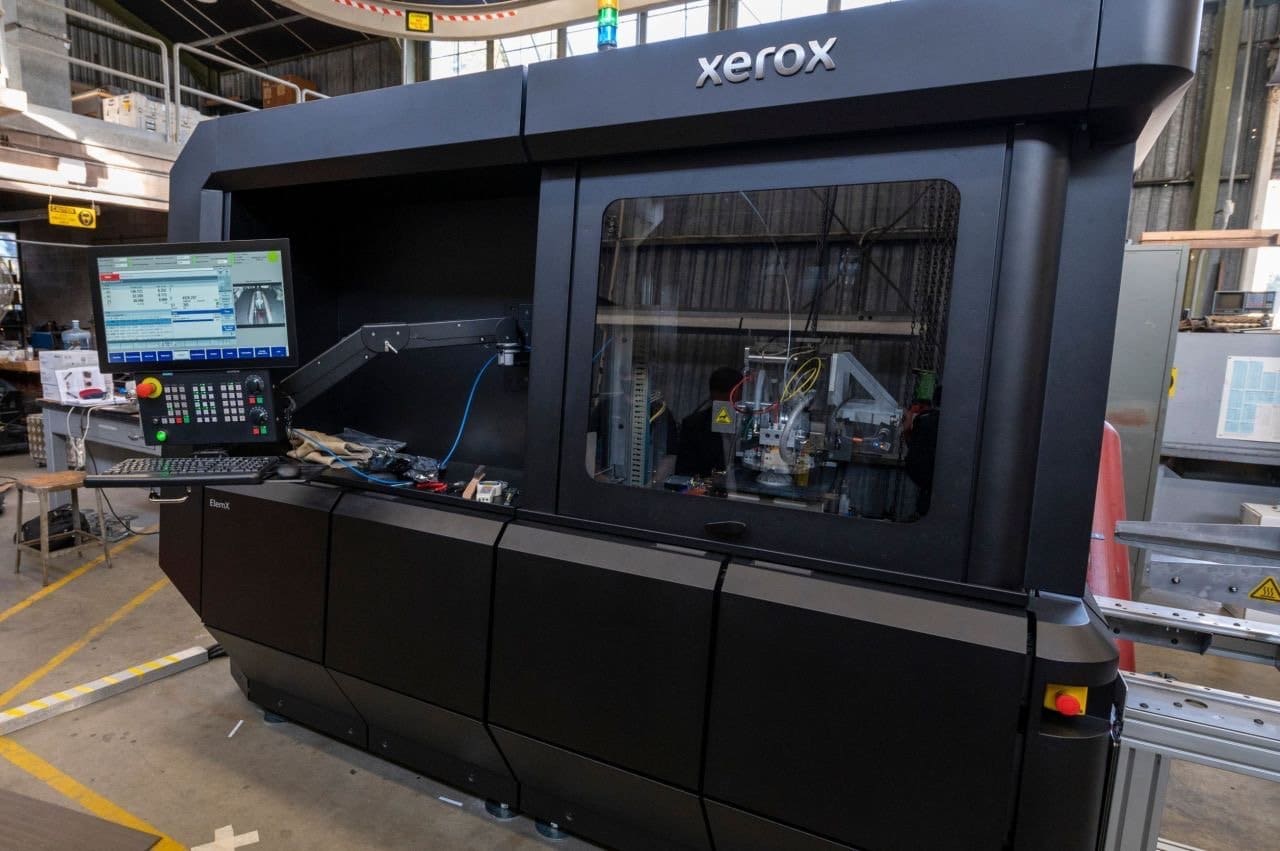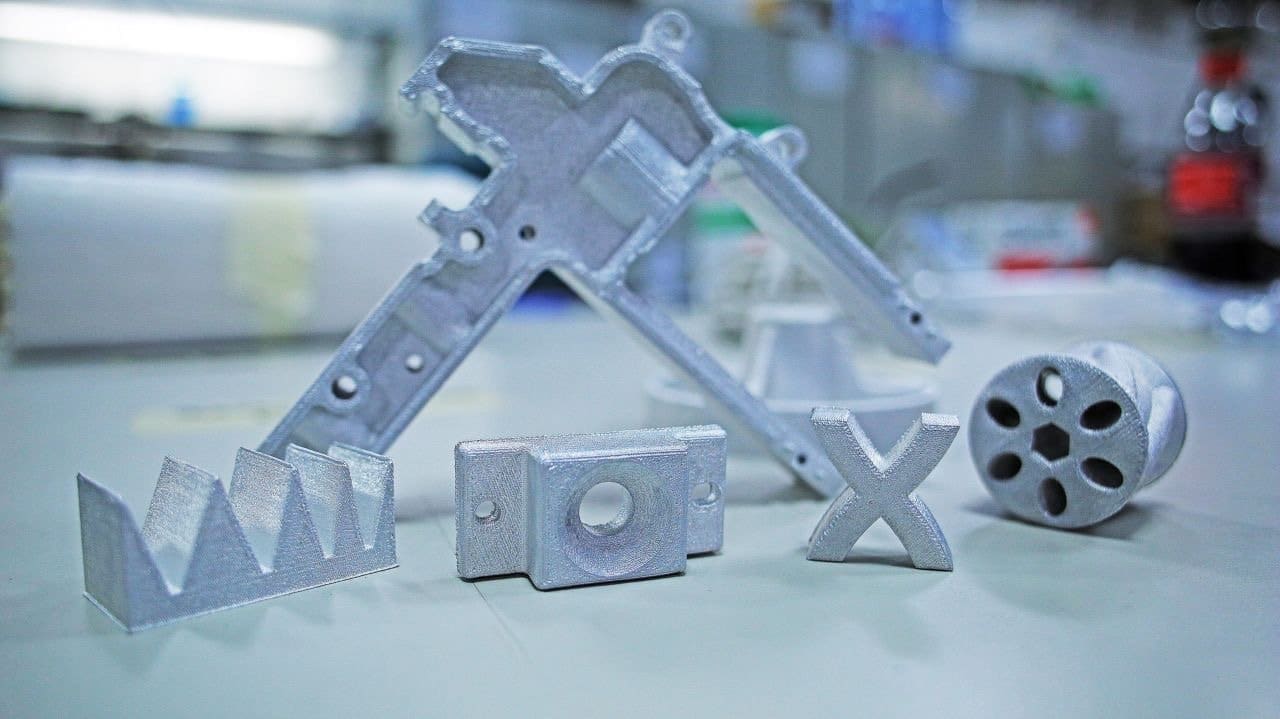Xerox appears to be closer to commercially releasing the liquid metal 3D printer it has been working on since it acquired the startup Vader systems. The company released a new video where it also, for the first time, revealed the name of the upcoming system: ElemX. The Naval Postgraduate School (NPS) will be the first institution to receive a Xerox ElemX Liquid Metal Printer as part of a collaboration focused on advancing additive manufacturing research
The Xerox solution will provide NPS faculty and students with hands-on exploration of new ways the technology can deliver on-demand 3D printing of metal parts and equipment.
“The military supply chain is among the most complex in the world, and NPS understands first-hand the challenges manufacturers must address,” said Xerox Chief Technology Officer Naresh Shanker. “This collaboration will aid NPS in pushing adoption of 3D printing throughout the U.S. Navy, and will provide Xerox valuable information to help deliver supply chain flexibility and resiliency to future customers.”

With access to the latest additive manufacturing equipment, NPS faculty and students will use the ElemX printer to conduct thesis research to develop new capabilities for the Navy and Marine Corps.
“As the Department of the Navy’s applied research university, NPS combines student operational experience with education and research to deliver innovative capabilities and develop innovative leaders with the know-how to use them,” said NPS President retired Vice Adm. Ann Rondeau. “This collaborative research effort with Xerox and the use of their 3D printing innovations is a great example of how NPS uniquely prepares our military students to examine novel approaches to create, make, prototype and manufacture capability wherever they are.”
Manufacturing on Demand
“From the age of sail to the nuclear era, sailors have been fixing things at sea so they can complete the mission,” she continued. “This partnership is about the strategic ability of the Navy to have sailors on ships with the capability through creativity and technology to advance their operations at sea. Through collaboration, NPS and Xerox are helping build a Navy for the 21st Century.”

The Xerox ElemX printer uses cost-effective aluminum wire to fabricate end-use parts that can withstand the rigors of operational demands. This ability to produce reliable replacement parts on-demand reduces the dependency on complex global supply chains for deployed forces and also addresses the hidden costs of traditional manufacturing.
“The NPS Alumni Association and Foundation-supported bringing the ElemX liquid metal printer to NPS because it will enable soldiers, sailors, airmen, and marines to solve their problems where they are, when problems occur,” noted retired U.S. Marine Corps Col. Todd Lyons, vice president of the NPS Alumni Association and Foundation. “By providing the right digital tools and the liquid metal printer, all of a sudden we’ve helped transform not just the supply chain, but how the Department of Defense (DoD) thinks operationally about supplying war.”
“This is one way to bend the cost curve so that the DoD is not spending a thousand dollars for every dollar that a peer competitor spends,” he added.
“Global supply chains leave industries like aerospace, automotive, heavy equipment, and oil and gas vulnerable to external risks,” said Tali Rosman, vice president and general manager, 3D Printing, Xerox. “Our goal is to integrate localized 3D printing into their operations, and the real-time feedback from NPS gives us actionable data to continuously improve the ElemX.”
You might also like:
Will support structures make or break these 3D printed hearts?: While SLS 3D printing has many advantages—including material choice and print accuracy—one of the biggest benefits it offers is support-free printing. Using other 3D printing methods, like FDM and SLA, additional structures are generated to support the part’s geometry as it is printed. These support structures must then be removed using mechanical or chemical processes, which adds substantial time to overall production and can influence part quality.
* This article is reprinted from 3D Printing Media Network. If you are involved in infringement, please contact us to delete it.
Author: Davide Sher

Leave A Comment